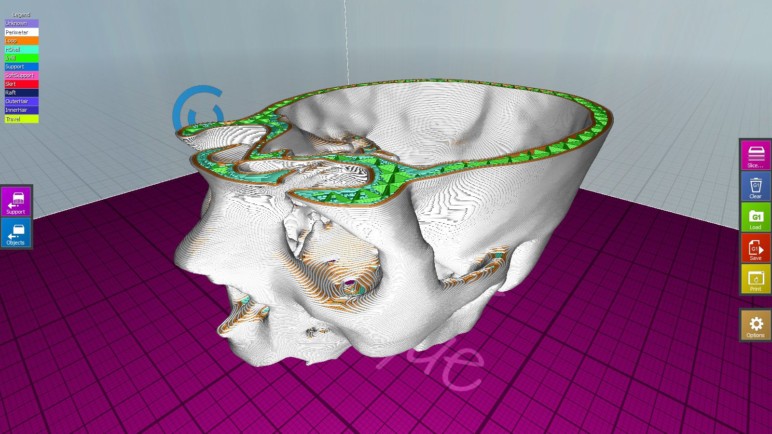

What's more, it helps you find out where precisely the decision boundary is located in your dataset. Doing so could help you determine how separable your dataset is, to give just one example: if many support vectors are necessary, the model had more difficulty generating the boundary than when say, one vector on each side was used to find the boundary. In the case of using SVMs for classification - they can also be used for regression - it could be valuable to visualize the support vectors of your SVM classifier. The machines, which construct a hyperplane that aims to separate between classes in your dataset by maximizing the margin using support vectors, are still pretty useful when your number of samples is relatively low - given that your number of features does not exceed the number of samples. We can now see graphically how the column vectors get aligned as we bring the matrix to upper triangular form: Your browser does not support the video tag.In today's world filled with buzz about deep neural networks, Support Vector Machines remain a widely used class of machine learning algorithms. wait () cube = new_cube i_vec, j_vec, k_vec = i_vec_new, j_vec_new, k_vec_new self. get_run_time ()), ReplacementTransform ( k_vec, k_vec_new, rate_func = cube_anim. get_run_time ()), ReplacementTransform ( j_vec, j_vec_new, rate_func = cube_anim. play ( cube_anim, ReplacementTransform ( i_vec, i_vec_new, rate_func = cube_anim. basis_k_color ) # prepare and run animationĬube_anim = ReplacementTransform ( cube, new_cube ) self. basis_j_color ) k_vec_new = Vector ( a np. basis_i_color ) j_vec_new = Vector ( a np. New_cube = Cube ( side_length = 1, fill_color = BLUE, stroke_width = 2, fill_opacity = 0.1 ) new_cube. add_fixed_in_frame_mobjects ( matrix ) # transformed cube wait ( 2 ) for a in gauss ( M ): a_rounded = np. wait () i_vec, j_vec, k_vec = i_vec_new, j_vec_new, k_vec_new self. get_rate_func (), run_time = matrix_anim. get_run_time ()), ReplacementTransform ( k_vec, k_vec_new, rate_func = matrix_anim. get_run_time ()), ReplacementTransform ( j_vec, j_vec_new, rate_func = matrix_anim. play ( matrix_anim, ReplacementTransform ( i_vec, i_vec_new, rate_func = matrix_anim. wait () matrix_anim = ApplyMatrix ( M, cube ) self. play ( ShowCreation ( cube ), GrowArrow ( i_vec ), GrowArrow ( j_vec ), GrowArrow ( k_vec ), Write ( basis_vector_helper ) ) self. basis_j_color ) k_vec_new = Vector ( M np. basis_i_color ) j_vec_new = Vector ( M np. basis_k_color ) i_vec_new = Vector ( M np. begin_ambient_camera_rotation ( rate = 0.15 ) cube = Cube ( side_length = 1, fill_color = BLUE, stroke_width = 2, fill_opacity = 0.1 ) cube. add_fixed_in_frame_mobjects ( matrix ) # axes & camera add_fixed_in_frame_mobjects ( basis_vector_helper ) # matrix set_camera_orientation ( phi = 55 * DEGREES, theta =- 45 * DEGREES ) # basis vectors i,j,kīasis_vector_helper = TextMobject ( "$i$", ",", "$j$", ",", "$k$" ) basis_vector_helper.


array (,, ]) # axesĪxes = ThreeDAxes () axes. to_corner ( UP + LEFT ) return m def construct ( self ): M = np. From manimlib.imports import * class LinearTransformation3D ( ThreeDScene ): CONFIG = def create_matrix ( self, np_matrix ): m = Matrix ( np_matrix ) m.


 0 kommentar(er)
0 kommentar(er)
